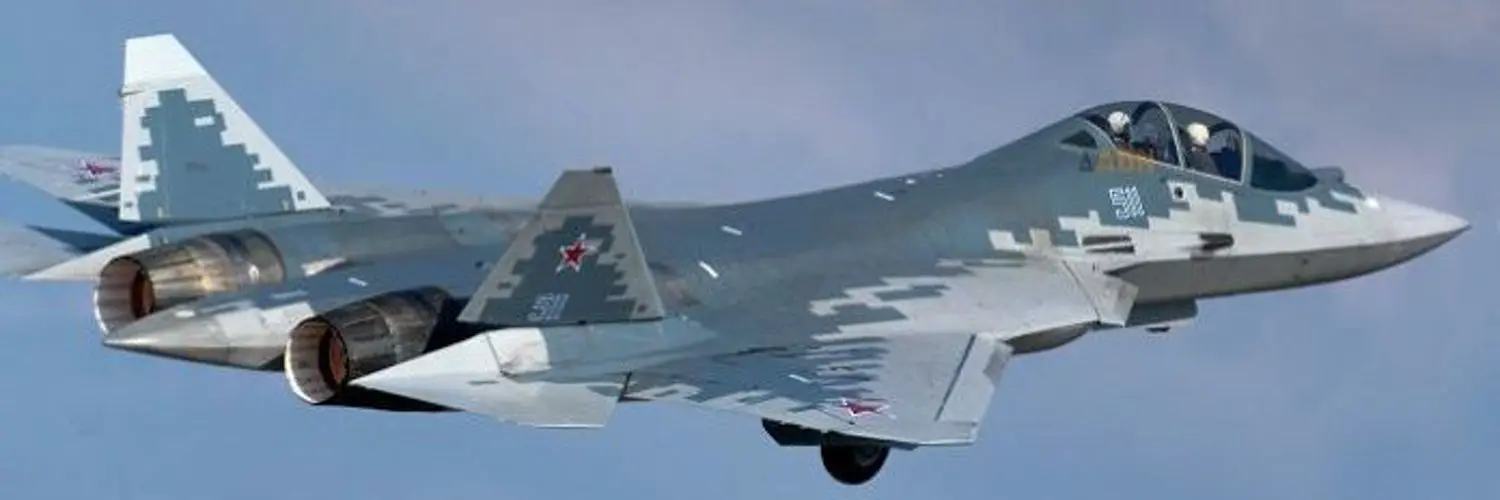
India declines Russia’s high-profile Su-57 stealth jets and S-500 missile systems
End of an Era: India’s Quiet Goodbye to Russian Mega Deals
India’s Strategic Reset – On July 1, 2025, the Indian Navy commissioned INS Tamal, a stealthy, multi-role frigate built in a Russian shipyard. While the event was celebratory, it also marked a symbolic full stop, the last major warship India will import from Russia. Alongside the nearing completion of the S-400 air defense system deliveries, India’s defense partnership with Moscow appears to be entering a new, quieter phase.
Table of Contents
Despite Russia’s recent push to revive high-stakes deals including the Su-57 fifth-generation stealth fighter, the S-500 missile shield, and even nuclear submarines on lease, India has politely declined. The message is clear: New Delhi is no longer interested in legacy dependency.
This isn’t a sudden rupture but a calculated evolution. Back in 2009, Russian arms accounted for 76% of India’s defense imports. By 2024, that figure had plummeted to 36%, the lowest in over six decades. The shift reflects India’s growing confidence in its indigenous capabilities and a desire to reduce strategic vulnerabilities.
Why India Said No: AMCA, Autonomy, and the New Defense Doctrine
Russia’s Su-57 ‘Felon’ fighter jet, once considered a potential joint development platform, is no longer on India’s radar. Even with offers of technology transfer and source code access, the deal failed to entice Indian defense planners. The reason? India’s Advanced Medium Combat Aircraft (AMCA) project is gaining momentum.
The AMCA is a homegrown fifth-generation stealth fighter designed to meet India’s future air superiority needs. With prototypes expected by 2026 and production slated for the early 2030s, the AMCA represents more than just a fighter jet, it’s a symbol of strategic autonomy.
Similarly, the S-500 missile system, touted as the successor to the S-400, has not found traction in New Delhi. Despite the S-400’s stellar performance during recent India-Pakistan tensions, Indian officials have shown no interest in upgrading or expanding the system. Instead, focus has shifted to developing indigenous air defense solutions and acquiring early warning radar systems with broader coverage.
India’s defense doctrine is now rooted in:
- Self-reliance (Atmanirbhar Bharat) in defense manufacturing
- Diversification of suppliers, with growing ties to the US, France, and Israel
- Strategic hedging, balancing relations with both Western and Eastern blocs
This recalibration is not without risk. Most of India’s current arsenal – tanks, helicopters, submarines still relies on Russian parts and maintenance. But the long-term vision is clear: reduce dependency, increase resilience.
Beyond Nostalgia: What the Future Holds for Indo-Russian Defense Ties
While the headlines may suggest a cooling of ties, the India-Russia defense relationship is far from over. What’s changing is the nature of the engagement. Instead of billion-dollar arms purchases, the focus is shifting to:
- Service contracts and spare parts for existing Russian platforms
- Joint maintenance and upgrades of legacy systems
- Selective technology transfers in niche areas
Russia remains a vital partner in India’s energy security. In May 2025, India became Russia’s second-largest energy buyer, spending over €4.2 billion – 72% of it on crude oil. This economic interdependence ensures that the broader bilateral relationship remains intact, even as defense dynamics evolve.
Russian President Vladimir Putin is expected to visit India soon, and while new defense deals may not be on the table, discussions will likely focus on legacy cooperation, regional security, and emerging technologies.
Meanwhile, India is deepening its defense ties with the West. Since 2018, US companies alone have secured over $20 billion in defense contracts from New Delhi. France, too, has emerged as a key supplier, especially in the naval and aerospace sectors.
Final Thoughts:
India’s rejection of Russia’s Su-57 and S-500 systems is not a snub, it’s a strategic statement. It reflects a nation confident in its capabilities, committed to self-reliance, and unafraid to chart its own course in a multipolar world. As INS Tamal sails into the Arabian Sea, it carries not just firepower, but a message: India’s defense future will be built at home, not bought abroad.
Russia Destroys US Air Defense Systems: What It Means for Global Security
Stay updated with the latest news on Rapido Updates. Keep yourself updated with The World, India News, Entertainment, Market, Automobile, Gadgets, Sports, and many more